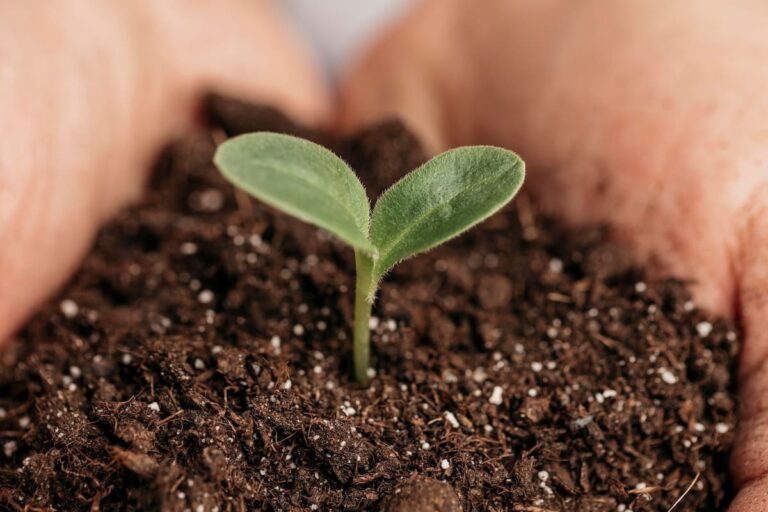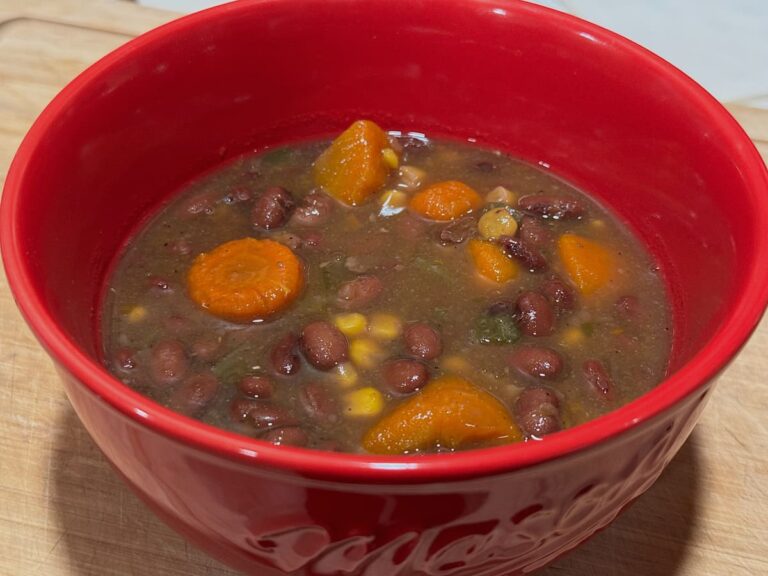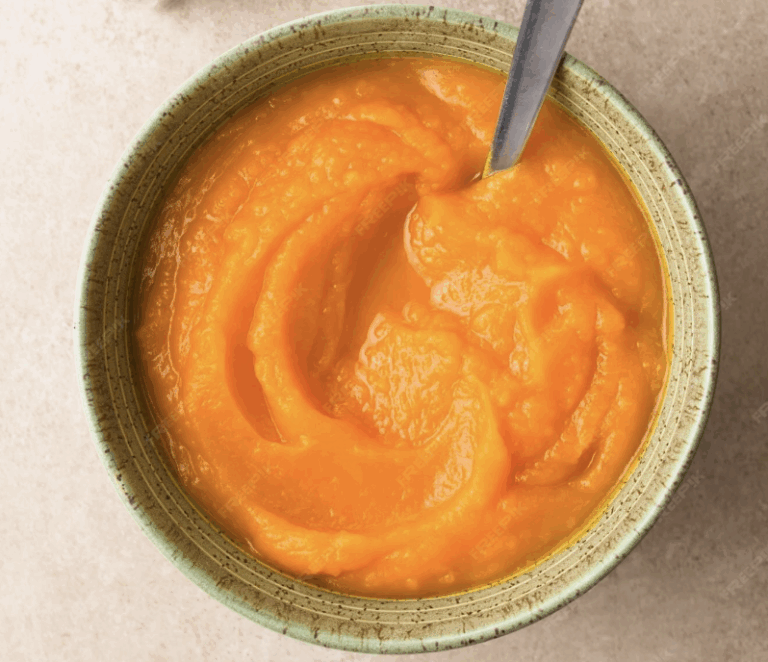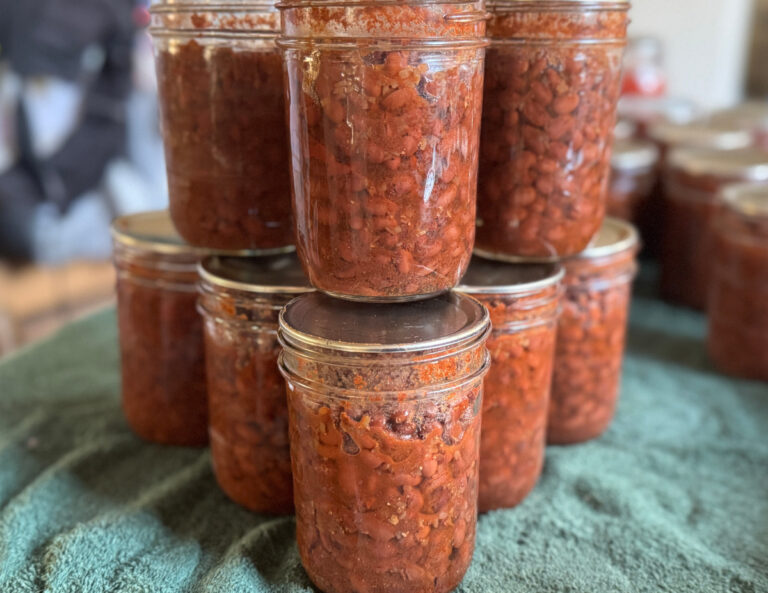How to Save Marigold Seeds (5 Easy Steps for Free Flowers)
Do you want an endless supply of cheerful marigolds in your garden without spending a dime on seed packets every spring? If you’ve been deadheading your spent blooms, you’re missing out on a treasure! Learning how to save marigold seeds is one of the easiest and most rewarding seed-saving projects a gardener can tackle. We’ll show you exactly how to transform those dried-up flower heads into hundreds of viable seeds for next season in just 5 simple steps. Get ready to grow an abundance of free flowers year after year!
*As an Amazon Associate I may earn from qualifying purchases at no cost to you.

Why You Should Save Marigold Seeds
Marigolds are garden heroes—they keep pests away and provide vibrant color all season long. Saving these seeds is easy, saves money, and gives you flowers that are better adapted to your environment.
Big Cost Savings (“Basically Free Flowers”)
Marigolds are prolific seed producers. A single dried flower head can contain dozens of seeds, meaning that one plant can easily give you enough seeds to plant a large border or fill multiple containers the following year. You literally never have to buy marigold seeds or plants again. One purchase of a plant or seed packet will give you free seeds for years to come.
If a gardener needs hundreds of marigolds for natural pest control (companion planting) or for large mass plantings, saving seeds is the only economical way to achieve that scale. Now, most of us are not planting on large scales, but marigolds interspersed through your garden are a really good idea for pest control. It might surprise you just now many plants you’ll need, even for a small garden!

Saving and Storing the Seeds is Easy
Marigolds are one of the easiest flowers for a beginner to save seeds from. The process is straightforward, the seeds are large enough to handle easily, and they dry and store well.
When harvested correctly (i.e., when the seed pod is fully dry), marigold seeds have an excellent germination rate and remain viable for multiple seasons if stored properly.
Propagate Your Favorite Varieties
If a gardener loves a specific heirloom or open-pollinated variety, saving the seeds ensures they can recreate that exact plant, color, and size next year. Heirloom just means the specific variety has been around for at least 50 years without any changes to it. Open-pollinated means it’s not a hybrid, or mix of two different varieties, and the seeds will grow true to type if planted.
Seeds saved from the healthiest, most vigorous plants in your specific garden will produce offspring that are naturally better adapted to your soil and microclimate over time. Each generation of Marigolds will only get better.
Seeds Make Great Gifts for Your Gardening Loved Ones and Community
The long, distinctive seeds look neat when packaged, making them an excellent, thoughtful, and inexpensive gift for gardening friends, community members, or as wedding/party favors.
Saving a large quantity allows you to participate in seed swaps, where you can exchange your marigold seeds for other varieties of flowers or vegetables.
Become A More Sustainable Gardener
Saving your own seeds closes the gardening loop, making the process more sustainable and reducing reliance on commercial seed companies.
You also get to control the quality of the parent plant, ensuring you only harvest from the most robust, disease-free, and best-blooming specimens.
When to Harvest Marigold Seeds
It’s important to harvest the seeds at the right time. Too early and the seeds won’t have time to properly develop and won’t be viable. Wait too long and you run the risk of the seeds molding, especially if you live in a wet climate like I do here in W. Washington.
Visual Cues:
- Petals are shriveled, dried up, and usually brown/crispy.
- The base of the bloom (the seed pod or calyx) has turned dry and brown or light tan.
- It should feel crumbly and dry to the touch, not green or moist.

How to Save Marigold Seeds
Identify Which Flowers You Would Like to Save Seeds From
Choose the flowers you would like to see more of in your garden. I like big, beautiful blooms so I choose the biggest blooms with the best colors. Saving seeds from a variety of flowers gives the flowers in your garden more genetic diversity. This means they will likely become even more robust over time.
When the flowers are in bloom, I like to tie a string or something else lightly around the stem so when the flower dries up, I know those are the ones I want to save the seeds from.

Collect the Seeds
The seeds are long and thin with pointy slivers called achenes, typically with a dark (black/brown) end and a light (white/tan) end. The dark end is the actual seed.
Snap or cut off the dry, brown flower heads.
Peel or pull away the remaining dried petals and outer husk.
The seeds will be inside, packed together like a tiny bundle of arrows or quills.
Gently pull the seeds away from the base of the flower head.


Dry the Seeds
Spread the collected seeds in a single layer on a paper towel, plate, or tray.
Place them in a cool, dry, well-ventilated spot out of direct sunlight.
Let them air dry for at least one to two weeks.
To test for dryness—a fully dry seed should snap when bent, not merely bend.
It’s very important that the seed be fully dry before storing them. If not, mold will grow and your seeds will not be viable for the next growing season.
Store the Seeds
Store seeds in a paper envelope or small paper bag. This allows any remaining moisture to escape (plastic bags can trap moisture and cause mold). Envelopes like these ones work perfectly and already have areas for your labeling. They are what I like to use.
Small glass jars can also work, but only if you are absolutely sure the seeds are completely dry.
Label the seeds! This is so important. Even if you think you’ll remember them, next spring when it comes time to plant I promise you won’t remember which seed is which. On your label include:
- plant name (Marigold)
- variety (e.g., French Marigold)
- year collected
Store seeds in a cool, dark, and dry place (like a closet, pantry, or even the refrigerator). Avoid areas with high temperature or humidity fluctuations.
Plant Your Seeds Next Spring
It’s finally time to plant the seeds you saved! You can either direct sow the seeds into the garden or containers, or start your seeds inside like I do.
If you choose to direct sow, plant them directly in the garden after your last frost date in the spring.
If you want to start them inside, start them about 3-4 weeks prior to your first frost date. See my post about beginning gardening to learn how to find your first frost date if you’re not sure what it is. You can start the seeds via whatever method is your favorite for seed starting. I like using soil blocks, but any seed starting method will work for Marigolds.
Either way, marigolds germinate quickly and easily. Cover the seeds lightly with soil, add water, and watch them grow.

Frequently Asked Questions (FAQ)
1. What part of the flower is the seed?
A: The seeds are the long, thin, pointed slivers found inside the base (calyx) of the dried-up flower head. These seeds are technically called achenes. They are usually black or dark brown at one end (the seed part) and white or tan at the fluffy top.
2. When is the best time to harvest the seed heads?
A: The best time is when the flower has completely faded and the entire base of the bloom (the seed pod) has turned brown, brittle, and dry. If the seed head is still green or soft, the seeds inside are likely immature and won’t be viable. Don’t deadhead your marigolds toward the end of the season so they have time to mature.
3. Do I need to dry the marigold seeds before storing them?
Yes, this is the most critical step. Even if the flower head looked dry on the plant, the extracted seeds are likely to hold residual moisture. You must spread them out in a single layer for 1–2 weeks in a cool, dry place out of direct sun. Storing moist seeds will cause them to mold and ruin the entire batch.
4. How long can I store marigold seeds?
When properly harvested, dried, and stored (in a cool, dark, and dry environment), marigold seeds generally remain viable for at least 2 to 5 years. However, for the best germination rates, it is always recommended to use seeds harvested the previous year.
5. Can I save seeds from any type of marigold?
You can save seeds from any marigold, but you must know the difference between open-pollinated/heirloom and hybrid varieties:
- Open-Pollinated/Heirloom: The saved seeds will reliably grow plants that look exactly like the parent plant.
- Hybrids (F1): The saved seeds might grow a plant that looks completely different (it could “revert” to one of the parent plants used to create the hybrid). Saving hybrid seeds is a fun experiment, but don’t count on them to produce the exact same flower the following year.
For more gardening tips check out these posts:
5 Tips for a Better Beginner Garden
How To Begin Companion Planting Your Garden






